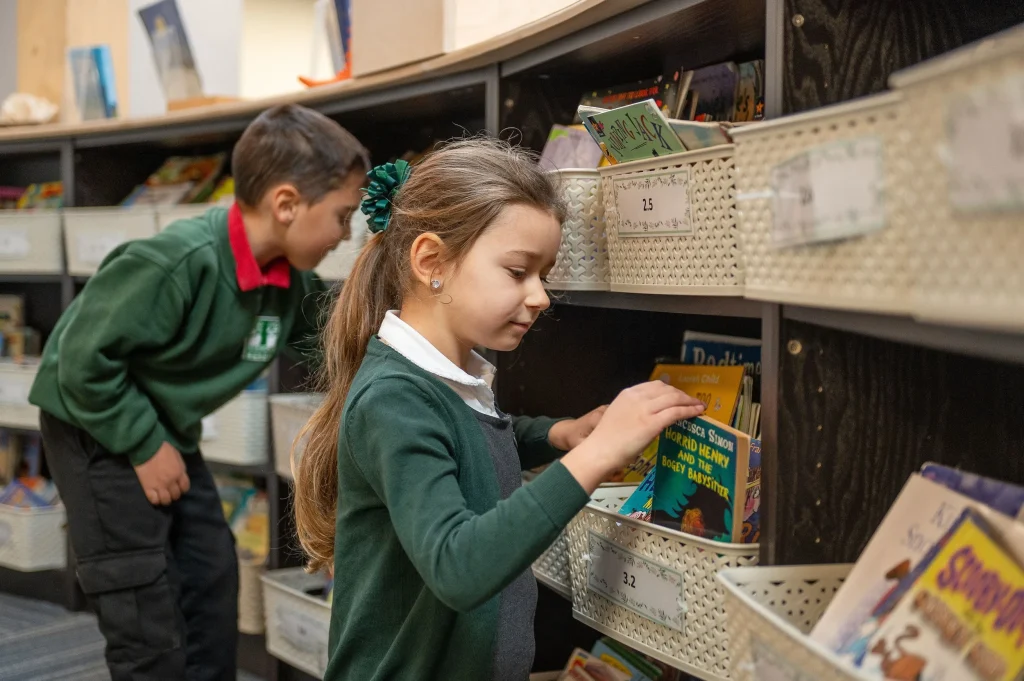In the ever-evolving landscape of education, the dynamic between students and teachers represents the most fundamental component of successful learning environments. This relationship transcends the simple transfer of knowledge, evolving into a complex partnership characterized by mutual respect, shared responsibility, and collaborative growth. When cultivated intentionally, these learning partnerships create educational experiences that transform both participants and institutions.
The traditional hierarchy between students and teachers has shifted dramatically in recent decades. Modern educational philosophy increasingly recognizes that effective learning emerges from collaborative relationships rather than top-down transmission models. This paradigm shift acknowledges the unique contributions that each participant brings to the educational exchange, valuing diverse perspectives and experiences.
Effective communication forms the foundation of productive learning partnerships. When young learners feel genuinely heard and understood, they develop the confidence to express ideas, ask questions, and take intellectual risks essential for deep learning. Similarly, when educational guides communicate clearly and authentically, they establish the trust necessary for meaningful educational relationships to flourish.
Mutual respect characterizes the most successful learning partnerships. Educational guides who demonstrate genuine regard for the thoughts, feelings, and capabilities of young learners foster environments where authentic engagement thrives. Simultaneously, when young people approach their educational guides with respect for their expertise and dedication, they position themselves to benefit maximally from educational opportunities.
Shared goal-setting enhances ownership and motivation within learning partnerships. When educational guides involve young learners in establishing meaningful objectives, they create stronger buy-in and increased accountability. This collaborative approach to goal-setting honors the agency of young people while providing the structure necessary for effective learning experiences.
Personalized approaches recognize the unique learning profiles present in every educational setting. Progressive educational guides understand that standardized methods often fail to address individual needs effectively. By tailoring instructional approaches, assessment methods, and support strategies to specific learners, they demonstrate respect for individuality while maximizing learning outcomes.
Feedback mechanisms play a crucial role in strengthening learning partnerships. Constructive, specific feedback helps young learners identify areas for growth while recognizing existing strengths. Equally important, educational guides who solicit and respond to feedback from young learners continuously refine their practice, modeling lifelong learning in action.
Technology integration has expanded possibilities for learning partnerships beyond traditional boundaries. Digital tools offer unprecedented opportunities for collaboration, creative expression, and global connection. When implemented thoughtfully, these technological resources enhance rather than replace the human relationships at the heart of effective education.
Emotional intelligence significantly influences the quality of learning partnerships. Educational guides who recognize and respond appropriately to the emotional dimensions of learning create safer, more productive educational environments. By helping young learners develop emotional awareness and regulation skills, they contribute to success that extends far beyond academic achievement.
Cultural responsiveness strengthens connections across diverse learning communities. Educational guides who take time to understand and honor the varied cultural backgrounds represented in their classrooms build bridges of understanding that benefit all participants. This cultural awareness creates more inclusive learning environments where diverse perspectives enrich the educational experience.
Challenge and support must balance effectively within learning partnerships. Educational guides who provide appropriate levels of challenge while offering necessary scaffolding create optimal conditions for growth. This delicate balance requires ongoing assessment and adjustment to meet changing needs throughout the learning journey.
Authentic learning experiences engage young people in meaningful, relevant activities connected to real-world applications. When educational guides design opportunities for young learners to engage with genuine problems and audiences, they increase motivation while developing transferable skills. These authentic experiences strengthen learning partnerships by demonstrating the relevance of educational pursuits.
Metacognitive strategies help young learners develop awareness of their own thinking processes. Educational guides who explicitly teach and model these strategies equip young people with powerful tools for independent learning. By fostering metacognitive skills, they gradually transfer responsibility from guide to learner, strengthening the partnership through increased learner autonomy.
Community connections extend learning partnerships beyond classroom walls. Educational guides who incorporate community resources, expertise, and needs into learning experiences create richer educational opportunities while helping young people develop meaningful connections to the broader world. These expanded partnerships benefit all participants while strengthening community bonds.
Continuous professional growth demonstrates educational guides’ commitment to learning partnerships. By regularly enhancing their knowledge, skills, and understanding, they model lifelong learning while bringing fresh perspectives to their educational practice. This ongoing development benefits young learners while revitalizing the educational guide’s own engagement with the profession.
The most successful learning partnerships balance structure with flexibility, challenge with support, and tradition with innovation. When young learners and educational guides work together in an atmosphere of mutual respect and shared purpose, they create powerful learning experiences that transform lives. By investing in these essential partnerships, educational communities invest in the future of education itself.

